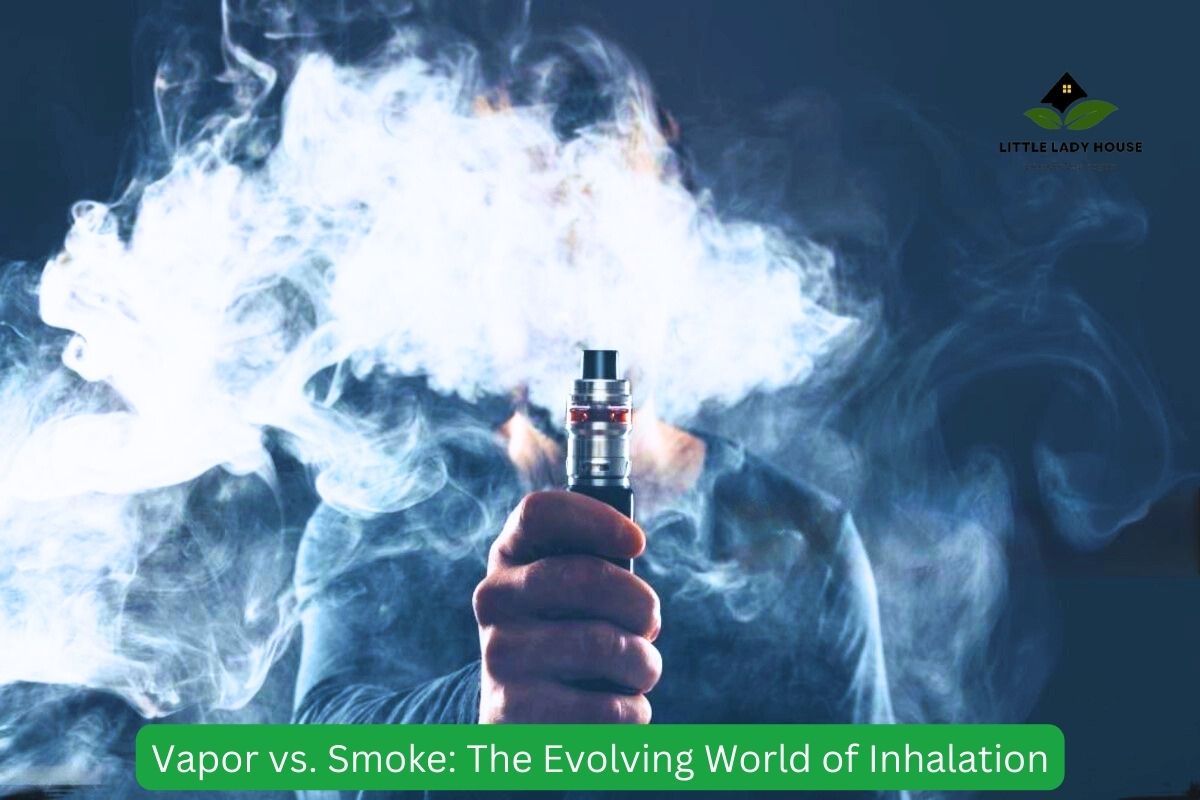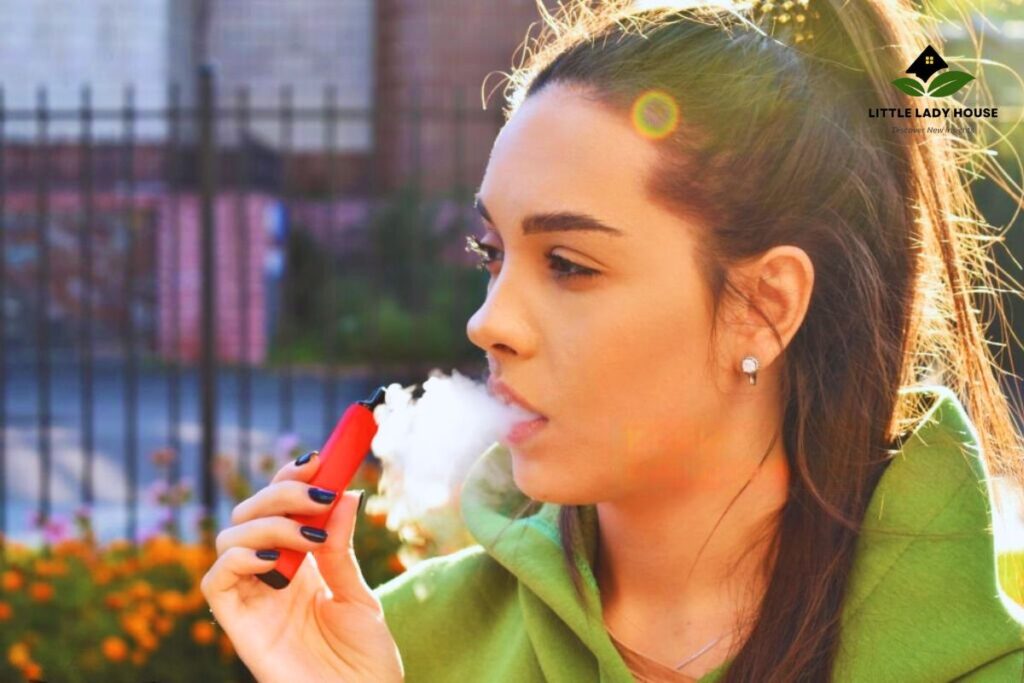Vapor vs. Smoke: The Evolving World of Inhalation
In recent years, two distinct forms have taken center stage vapor and smoke in the realm of inhalation. There are two methods of consuming substances, noticeably Nicotiana tabacum and cannabis. These two methods give people a chance to do an inspiring debate and research their life choices worldwide. While both have the same job of inhaling compounds into the body, vapor, and smoke symbolize going against the path with different effects on health, taste, and the environment. This article digs into the differences between vapor and smoke.
The Mechanics of Vapor and Smoke
-
Composition:
Smoke is produced from the burning of organic materials like tobacco or plant matter as it is produced by historical methods. This process generates a complex mixture of thousands of chemicals, including harmful toxins like tar, carbon monoxide, and carcinogens. On the other hand, if we talk about vapor, vapor is made through the heating of substances, particularly e-liquids or dry herbs, to a temperature that produces vaporization instead of flaming. It consists of active compounds and flavoring present in it without the harmful effects of combustion.
-
Health Implications:
The most important difference between vapor and smoke lies in their health effects. Smoke has been largely connected with innumerable health effects, such as lung cancer, chronic obstructive pulmonary disease (COPD), and heart disease, largely due to the presence of carcinogens and toxic chemicals. In contrast, vapor is considered less harmful than smoke. While not completely risk-free if we compare it with smoke it is less risk-free.
Here is an interesting article: Exploring 5 Best Health Insurance Options for Freelancers in the USA
Taste and Flavor
-
Flavor Profile:
One of the keys that attracts people towards vapor rather than smoke is the ability to protect the increase the natural flavor of the substances being consumed. Vaporizers are designed for e-liquids or dry herbs which offers a narrow and authentic taste of experience. This is because vaporization occurs at lower temperatures which allows the removal of specific compounds responsible for flavor and aroma without the degradation caused by combustion. On the other hand, the intense heat of inflammation can replace the taste of the material being smoked as a result people enjoy it less as it has no flavor and aroma.
-
Customization:
In vaporizers, we have the opportunity to customize it in our way. We can customize it in different e-liquid flavors and the ability to control the temperature settings. This kind of customization is not easily achievable with smoking where flavor largely depends on the plants or tobacco that is being used for the rolling or packing method.
Here is an article related to the Powerful Purpose of Introverts.
Environmental Impact
-
Emissions:
From an environmental perspective, vapor is generally considered more feasible than smoke. If we talk about our long-established cigarettes those are more air pollution and harmful. Whereas the vapors the entirely free from environmental concerns which produce fewer discharge and waste products, making them a potentially greener choice.
-
Resource Consumption:
The reproduction of traditional tobacco products requires energy for the process of making a useful environmental footprint. On the other hand the reproduction of vaporizers especially those which are designed to reuse or recycled can be less maintenance-intensive.
Social Acceptance and Regulation of vapor vs. smoke
-
Social Perceptions:
The social perception of vapor vs. smoke differs remarkably. Smoking has long been defamed due to its well-documented health risks which also discomfort to non-smokers due to its smoke and smell. Vapor being a relatively new appearance, is often viewed with less hate, although our scientists are still studying its long-term effects. The acceptance of vapor in public spaces is often influenced by local regulations and individual preferences.
-
Regulation:
Worldwide government and health organizations have taken a deep interest in vapor and smoke. The regulatory landscape for vapor is still growing many countries have performed strict control on advertising, sales, and age restrictions for vapor and related products. On the other hand, smoking is very common in many countries with uncountable restrictions on advertising, packaging, and smoking in public areas.
Conclusion:
In the growing aspect of inhalation methods, vapor vs. smoke presents us with two different perspectives with varying implications for health, taste, and the environment. Vapor, signified by its fewer health risks, customizable flavor profiles, and potential for a smaller environmental footprint, has appeared as a captivating alternative to cigarette smoking. However, it is important to research the long term effects of vapor vs. smoke. In the end, the choice between the vapor and smoke comes down to separate bias and priorities, balancing factors like health, taste, and environmental impact.
To keep updated with the latest stories, Follow us on Facebook, Twitter, and Instagram.






